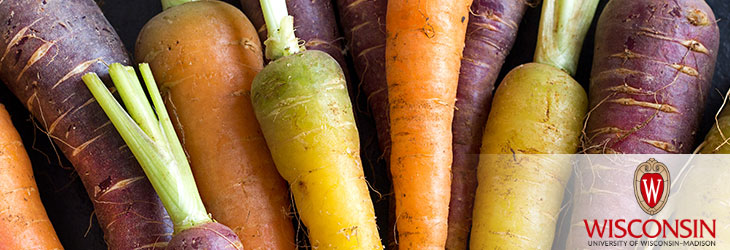Animals, Agriculture & Food

Safer, More Satisfying Beverage Standards for Swallowing Disorder
WARF: P120042US02
Inventors: JoAnne Robbins, Richard Hartel, Jacqueline Hind, Heather Mendenhall, Zata Vickers
Overview
More than 18 million adults and children in the United States suffer from dysphagia (swallowing disorder). A host of very different medical conditions can lead to dysphagia, including Alzheimer’s disease and brain injury.
Dysphagia patients are at risk of food accidently entering their lungs. This can be life threatening. To be safe, patients often drink thickened beverages that are less likely to slip into their airways. Of concern, however, is the lack of consistent thickness standards for drinks. In nursing homes, for example, staff may be instructed to mix a patient’s tea with a thickening agent based on subjective descriptions (e.g., “nectar-thick”).
One answer is to introduce a more scientific metric like apparent viscosity, which is used to describe the consistency of Varibar® diagnostic fluid that patients drink for their hospital exam. But apparent viscosity alone is inadequate. It does not capture meaningful attributes like appeal and ease of drinking.
Dysphagia patients are at risk of food accidently entering their lungs. This can be life threatening. To be safe, patients often drink thickened beverages that are less likely to slip into their airways. Of concern, however, is the lack of consistent thickness standards for drinks. In nursing homes, for example, staff may be instructed to mix a patient’s tea with a thickening agent based on subjective descriptions (e.g., “nectar-thick”).
One answer is to introduce a more scientific metric like apparent viscosity, which is used to describe the consistency of Varibar® diagnostic fluid that patients drink for their hospital exam. But apparent viscosity alone is inadequate. It does not capture meaningful attributes like appeal and ease of drinking.
The Invention
UW–Madison researchers have developed the first objective criteria that can be used to produce safe and palatable beverages for dysphagia patients.
The researchers asked patient panels to test numerous fluids and rate attributes such as stickiness and mouth coating. Using this feedback, the researchers were able to define a set of standards based on several properties, including apparent viscosity, consistency and flow.
The researchers asked patient panels to test numerous fluids and rate attributes such as stickiness and mouth coating. Using this feedback, the researchers were able to define a set of standards based on several properties, including apparent viscosity, consistency and flow.
Applications
- Developing beverages/thickening agents for dysphagia patients that meet the new criteria
- Commercial refreshments
- More palatable diagnostic fluid
- Converting hard-to-swallow liquids (e.g., wine or broth)
Key Benefits
- First scientifically validated standards of their kind
- Based on patient input
- More descriptive than apparent viscosity
Stage of Development
The researchers have extensive sensory and scientific data showing the efficacy of the new criteria. They are working to identify an optimal taste profile.
Additional Information
For More Information About the Inventors
For current licensing status, please contact Jeanine Burmania at [javascript protected email address] or 608-960-9846